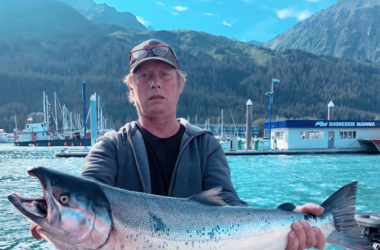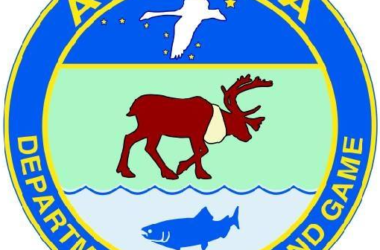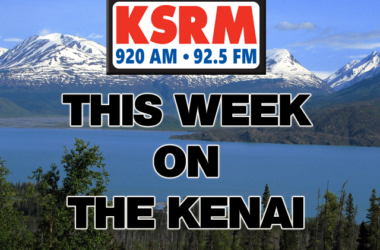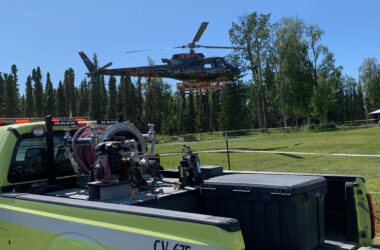The Russian River fishing opener is scheduled for June 11 and wind may play a key role in what appears to be early king salmon runs.
A mild winter means Chinook salmon are likely to return early to the Yukon River delta, and could start showing up this week. Low numbers mean no commercial fishery again, but the counts are becoming more encouraging, and the kings are crucial for subsistence users. Even with 55 years of Yukon data, it’s a tough run to track because the timing is so unpredictable.
“The midpoint of the run can be June 10th or July 1st. So that makes it a very nervous business when you’re trying to manage the fishery.”
Phil Mundy is Director of NOAA Fisheries’ Auke Bay lab in Juneau. He’s been studying Alaska salmon since the 1970s. But it was Yukon elders who taught him how to fine tune the run timing.
“So I asked them and they told me the wind blows the fish in the river- everyone knows that, young man.”
Cook Inlet fishermen told Mundy the same thing about sockeye salmon.
Young salmon can’t swim straight into salt water because it will kill them; it’s the same for adults in the ocean returning to their home streams. They have to have alternating exposure to different salinities.
“And I’ve seen this at Bristol Bay and at Cook Inlet where you get the river water piling up against the marine water on the river plume, and then you’ll see the salmon weaving in and out along the edge of the front between the fresh water and the salt water.”
At the Yukon, Mundy says the wind mixing the water even trumps early ice melts as the best indicator of the salmon arrivals.






